Planting in Potters Fields Park
Potters Fields Park is a unique green open space by the Thames next to Tower Bridge. With its spacious lawns, whispering trees, quiet walkways and colourful wildlife-friendly gardens, it offers an oasis in the middle of London.
From herbaceous perennial beds filled with vivid echinacea and wild peonies in summer to deep-purple buttercups and spiky snake root in the winter, Potters Fields Park is visually arresting all year round. Our planting scheme and its sustainable management regime is a significant local resource for foraging and nesting insects, as well as humans.
The park’s redesign in 2008 by GROSS MAX was influenced by renowned Dutch plantsman Piet Oudolf, whose designs are celebrated for their use of herbaceous perennials and grasses, chosen as much for their structure as for their flower colour.
Potters Fields Park was the first London park to introduce ‘prairie planting’ – a landscaping style that relies on sweeping grasses usually seen in the tallgrass prairies of central and eastern North America. Alongside the wild planting of ‘Culvers Root’ and ‘Lambs Ear’ the beds have provided a visually arresting display throughout the year. (The original scheme layout is shown in the plan opposite).
In January 2025, we started updating our beds with a new sustainable planting scheme. Phase 1 focuses on the beds closest to the main entrance on Tooley Street, and features over 110 species of pollinator-friendly plants, which are drought tolerant and will improve the park’s biodiversity. Once established, the plants will need little, if any, watering, apart from natural rainfall. Many existing species will be retained, in some cases being replanted in other areas.
We’ll be sharing details and images of the new planting scheme very soon.
Our Head Gardener’s Top Plants
Our Head Gardener, Bryan, loves the variety of plants in Potters Fields, as they provide interest, colour and texture all year round; here, he picks out just a few of his favourites.
He’s always happy to stop for a chat and to answer any questions you have about individual plants or the parks in general.
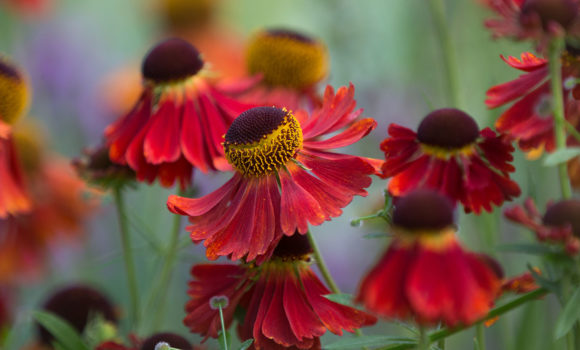
Echinacea
Echinacea tennesseensis – the Tennessee Coneflower – is a flowering plant in the sunflower family. During the summer months, the echinacea flowers can be seen in their hundreds across the planting beds. Echinacea is a tall perennial plant renowned for its healing properties; its active microbial substances are commonly used to combat flu and cold symptoms.
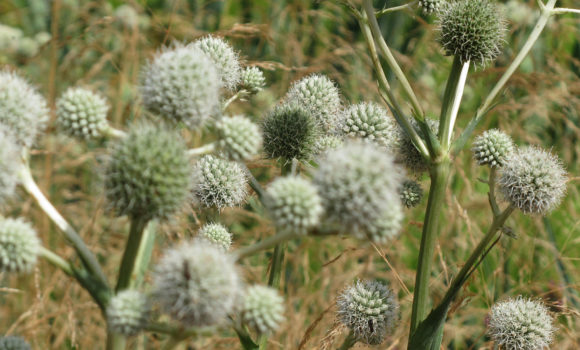
Button Snakeroot
Eryngium yuccifolium – Button Snakeroot or Rattlesnake Master – is a herbaceous perennial of the parsley family. Its hardy stems and silver spiky flowers create structure in our planting design and break up the softness of our grasses. The common names of ‘Snakeroot’ or ‘Rattlesnake Master’ originate from its early use by Native Americans as a snakebite remedy.
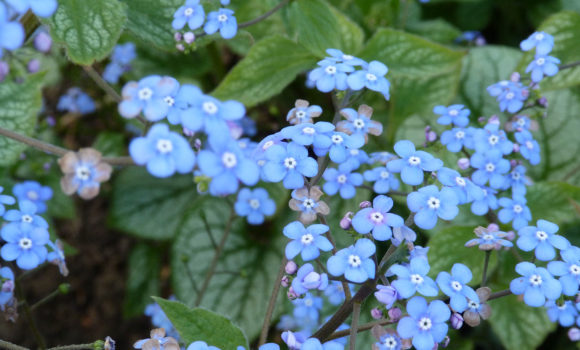
Siberian Burgloss – ‘Jack Frost’
Brunnera macrophylla – Jack Frost – is a perennial evergreen of the forget-me-not family. It is characterised by its large mottled silver, heart shaped leaves and sprays of blue flowers in Spring. Their striking colour is one of the earliest seen on the Park each year and marks the start of Spring in our calendar.
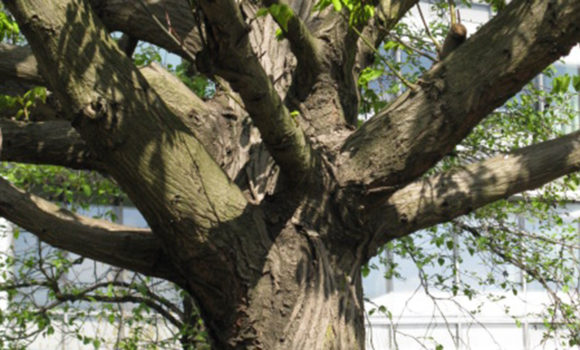
Wingnut Tree
Pterocarya fraxinifolia – the Wingnut Tree – is a species of tree in the walnut family. It has an ancient feel and the species’ origins date back to pre-historic times (Pilocene Age). The most distinctive aspect of the Wingnut is its drooping catkins, which hang down in clusters in the summer and create winged fruit in the autumn.
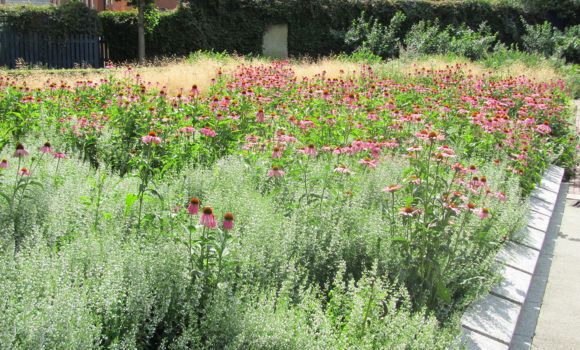
Lesser Calamint
Calamintha nepeta – Lesser Calamint – is a perennial species of plant in the mint family. Calamintha produces small clusters of lipped white flowers in the summer and autumn and produces a strong minty fragrance. It is sometimes used for herbal teas and the flowers are highly attractive to bees (giving our honey a slight minty taste!)


